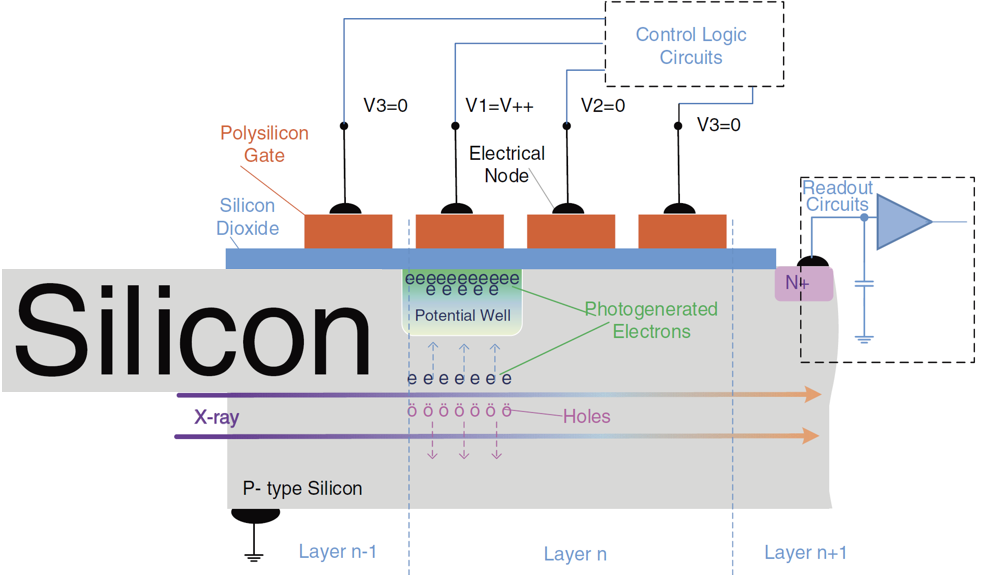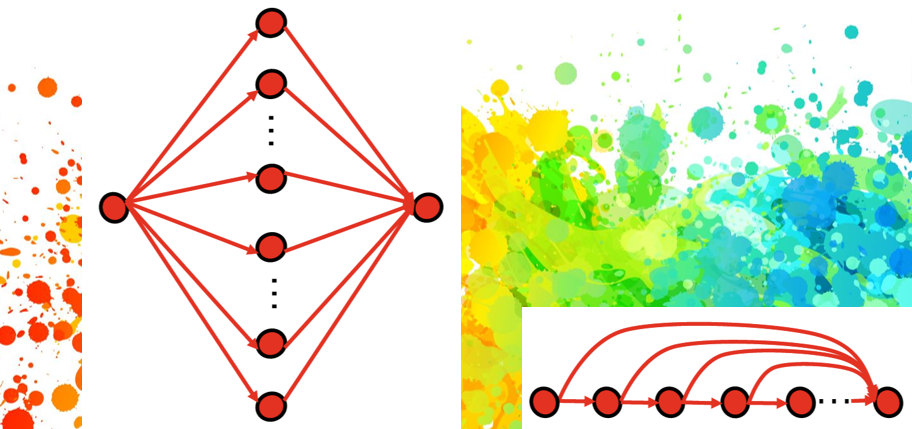
Ge Wang |
[Google Scholar] |
Clark & Crossan Chair Professor, Director of Biomedical Imaging Center
wangg6@rpi.edu
Ge Wang is Fellow of IEEE, SPIE, AAPM, OSA, AIMBE, AAAS, and NAI, and received the RPI Wiley Distinguished Faculty Award, IEEE R1 Outstanding Teaching Award, IEEE EMBS Career Achievement Award, SPIE Meinel Technology Award, Sigma Xi Chubb Award for Innovation, and IEEE NPSS Hoffman Medical Imaging Scientist Award, and other distinctions.In additon to tomographic reconstruction using classic and deep learning methods, He has a spectrum of interests involving applied mathematics, AI theory, imaging hardware and system engineering.
Two Side-track Projects
Deep Silicon Detectors for Computed Tomography

Photon-counting CT provides higher-quality images of biological tissues with x-ray energy-dependent (spectral) information and promises to revolutionize x-ray imaging. In this work, we resolve the energy distribution of transmitted x-ray photons through an edge-on deep silicon detector for spectral CT, based on the maturity and merits of the silicon technology. Our results show that the proposed design is feasible.
Shi ZF, Yang HY, Cong WX, Wang G: A novel edge-on structure for energy-resolved x-ray detection. PMB 61:4183-4200, 2016.
Deep Neural Networks of Quasi-duality

While wide networks already allow universal approximation, the successes of deep learning demonstrate the power of deep networks. We are investigating if the design of artificial neural networks has a directional preference and what the mechanism of interaction is between the width and depth of a network.
Fan FL, Lai RJ, Wang G: Quasi-equivalence between Width and Depth of Neural Networks. Journal of Machine Learning Research 24:1-22, 2023